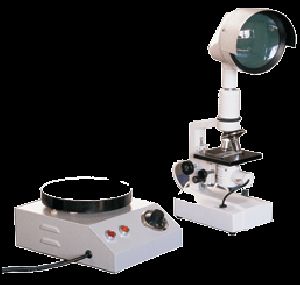

- #Carbon black dispersio in water tween full
- #Carbon black dispersio in water tween plus
- #Carbon black dispersio in water tween series
- #Carbon black dispersio in water tween free
#Carbon black dispersio in water tween plus
Therefore, uranium dicarbide is a carbon deficientcompound of composition UC/sub 1.85 plus or minus 0.03/ which is thermally stable at least to short heat treatments at temperatures between 12 deg C. No uranium sesquicarbide was detected after heating for 60 hr at 1450 deg C or 240 hr at 1260 deg C the oxygen and nitrogen concentrations of the specimens were less than 0.1 wt% and 0.01 wt %, respectively. Specimens with higher total-C/U atom ratios were binary mixtures of temperatures between 12 deg C had no effect on their x-ray-diffraction patterns, hydrolysis products, or combined-C/U atom ratios. In attempts to prepare UC/sub 2.0/, the maximum combined-C/U ntom ratio obtained was 1.85 plus or minus 0.03 (8.5 wt% C). Heat-treatments of UC specimens at temperatures between 12 deg C produced no effect, showing that uranium monocarbide is stable in this temperature range. As-cast specimens with compositions between UC/sub 0.4/ and UC/sub 1.0/ (2 to 4.8 wt% C) were mixtures of uranium metal and uranium monocarbide (UC). On hydrolysis, uranium monocarbide yielded predominantly methane uranium metal (in U-UC alloys), hydrogen uranium dicarbide, about 40 vol% hydrogen, 15 vol% methane, and 45 vol% C/sub 2/- to C/sub 8/-hydrocarbons and uranium sesquicarbide, about 60 vol% hydrogen, 40 vol% C/sub 2/- to C/sub 8/- hydrocarbons, and virtually more » no methane.
#Carbon black dispersio in water tween free
The specimens were characterized by chemical analyses for uranium, total carbon, free carbon, oxygen, nitrogen, and tungsten by x-ray diffraction by metallographic examination and by the gases evolved on hydrolysis.
#Carbon black dispersio in water tween series
Phase identification in the uranium- carbon system was accomplished by using data obtained by analyzing a series of high-purity as-cast and heat-treated specimens.

More work is necessary, however, to confirm the overall recommendation based on the findings discussed in this report: namely, that the use of surface-modified carbon blacks in the uranium-containing broth will not adversely impact the chemistry of the gelation process, and that high quality uranium oxicarbide (UCO) kernels will be produced after calcination. The findings were corroborated by a limited number of tests carried out with ADUN solutions by the Nuclear Science and Technology Division at Oak Ridge National Laboratory (ORNL). It is recognized that the method advanced in this report for optimizing the carbon black dispersion process is based on a limited number of tests made in aqueous and simulated broth conditions. It is proposed that the optimization of the carbon black dispersing process is possible by replacing traditional carbon blacks and surfactants with surface-modified carbon blacks having suitable chemical groups attached on their surface. The dispersions in water and HMTA/urea solutions are stable for at least 30 days in conditions of simulated broth, the dispersions are stable for at least 6 hours. Lastly, the selection of the carbon black and dispersing agent is highly dependent on the desired final properties of the target kernels. Raven 3500 more » carbon black and Tamol SN were used to make very dense kernels without complete conversion to UC 2. However, an increase in the Raven 5000 concentration led to a kernel density below 90% of TD. Raven 5000 carbon black and Tamol SN were used to produce 10 mol % UC2 kernels with 95% of TD.
#Carbon black dispersio in water tween full
The kernels using our former baseline of Mogul L carbon black and Tamol SN were 90–92% of TD with full conversion of UC to UC 2 at a variety of carbon levels. However, higher carbon concentrations such as a 2.5 mol ratio of carbon to uranium in the feed solutions failed to produce gel spheres with the proprietary carbon suspension. After heat treatment at 1900 K in flowing carbon monoxide in argon for 12 h, the density of the kernels produced using a X-energy proprietary carbon suspension, which is commercially available, ranged from 96% to 100% of theoretical density (TD), with full conversion of UC to UC 2 at both carbon concentrations. The main target compositions in this internal gelation study were 10 and 20 mol % uranium dicarbide (UC 2), which is UC 1.86, with the balance uranium dioxide. A comparison study on carbon blacks and dispersing agents was performed to determine their impacts on the final properties of uranium fuel kernels with carbon.


 0 kommentar(er)
0 kommentar(er)
